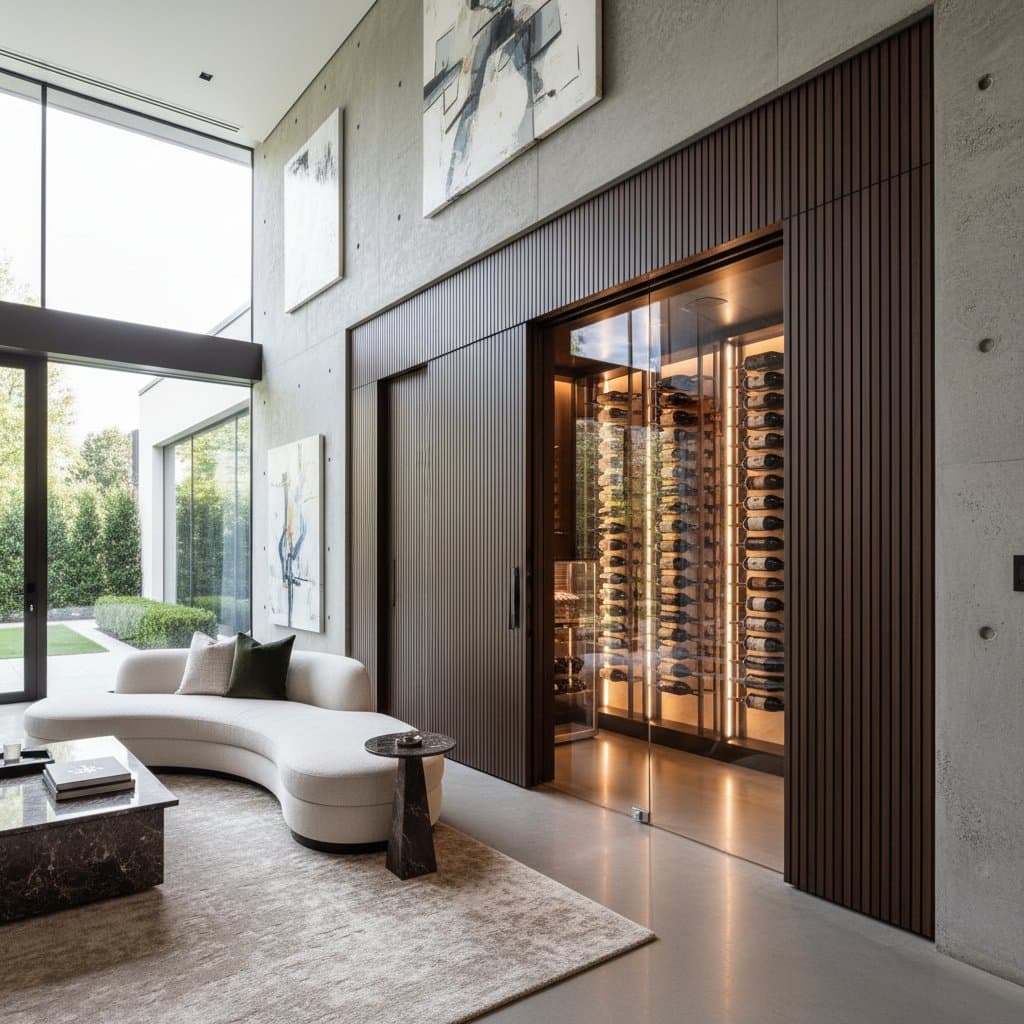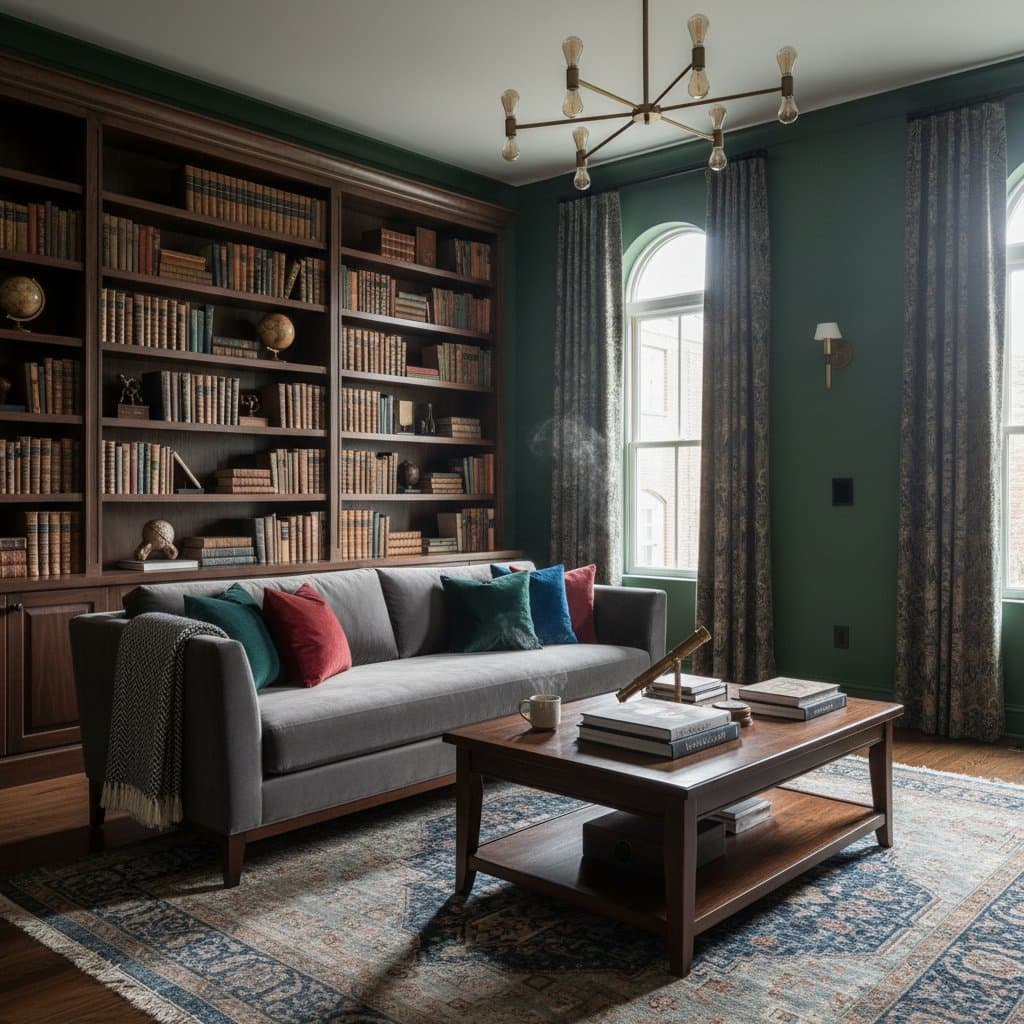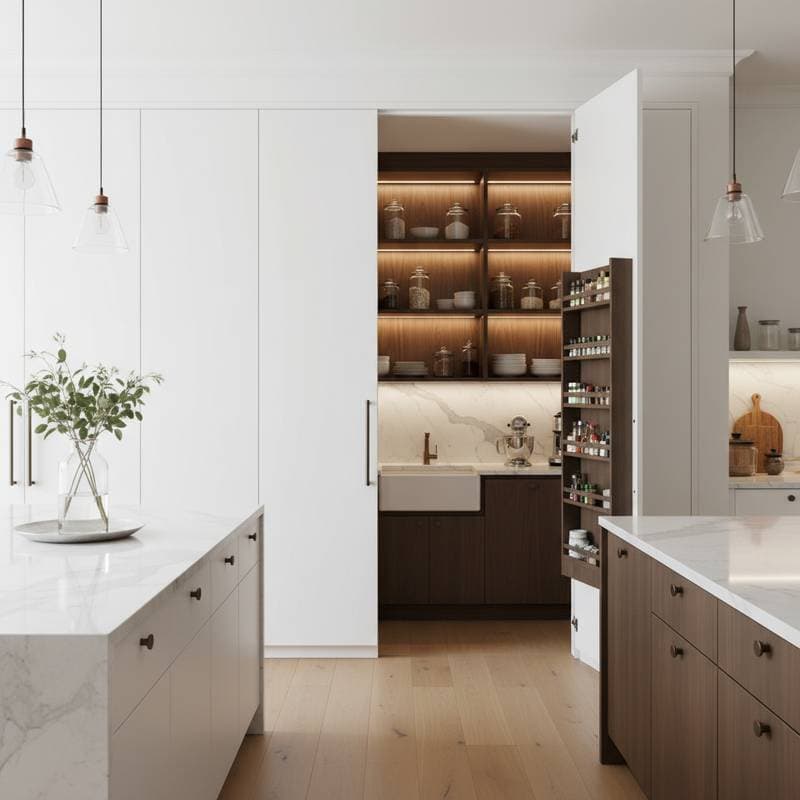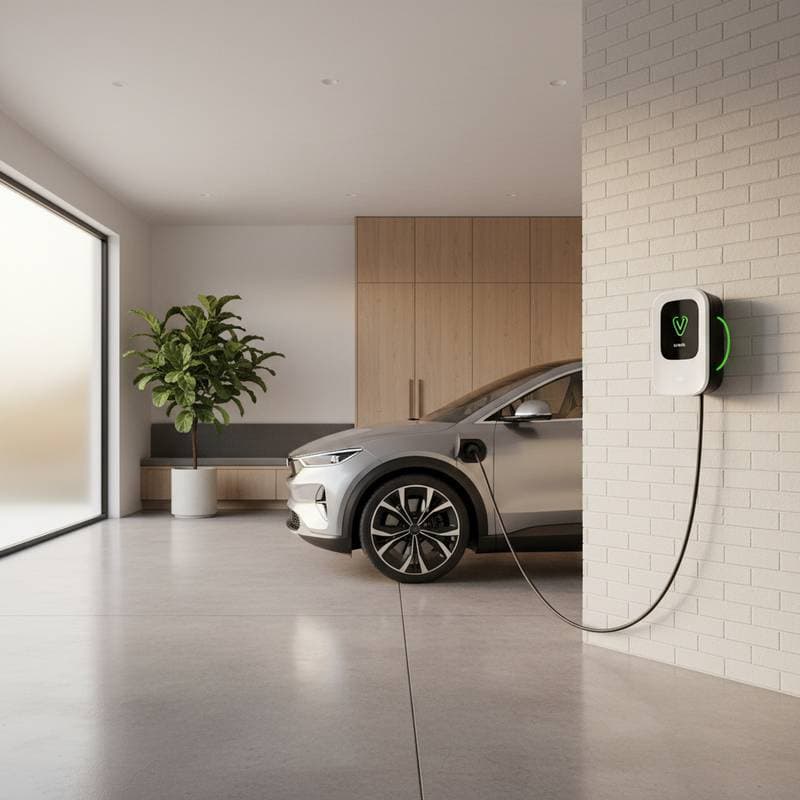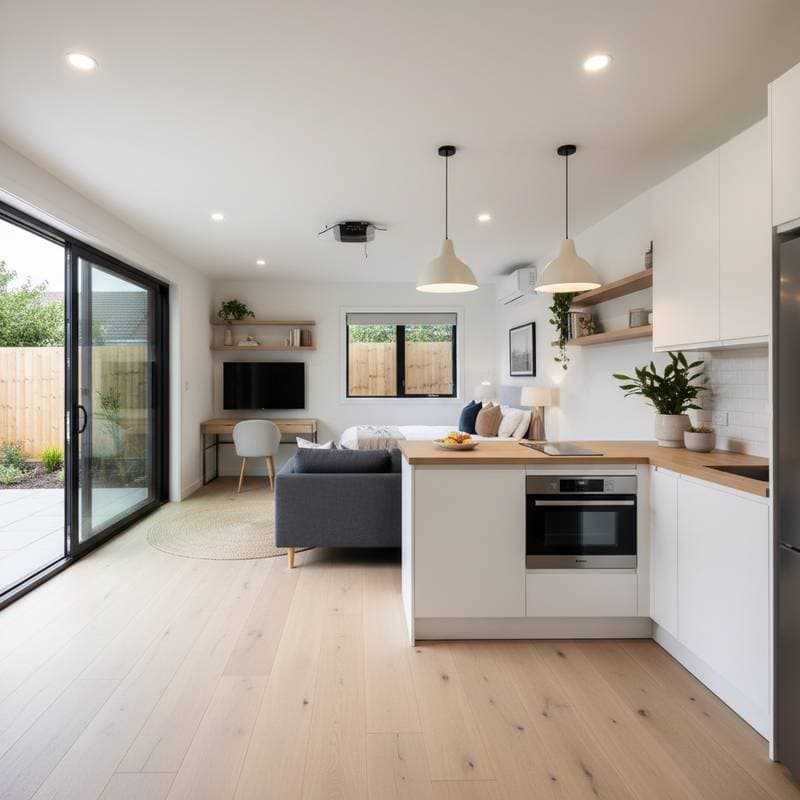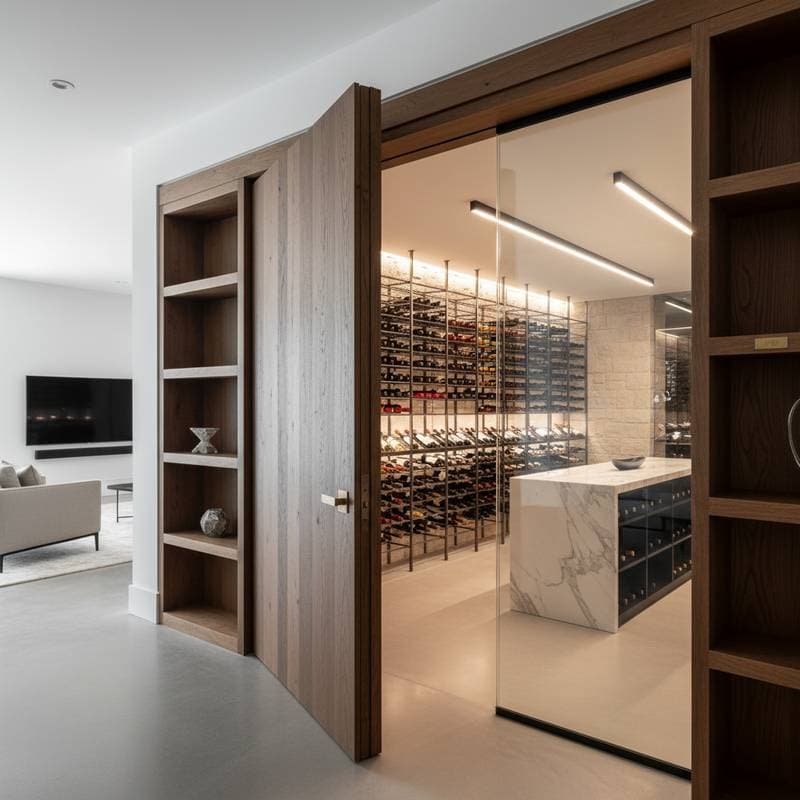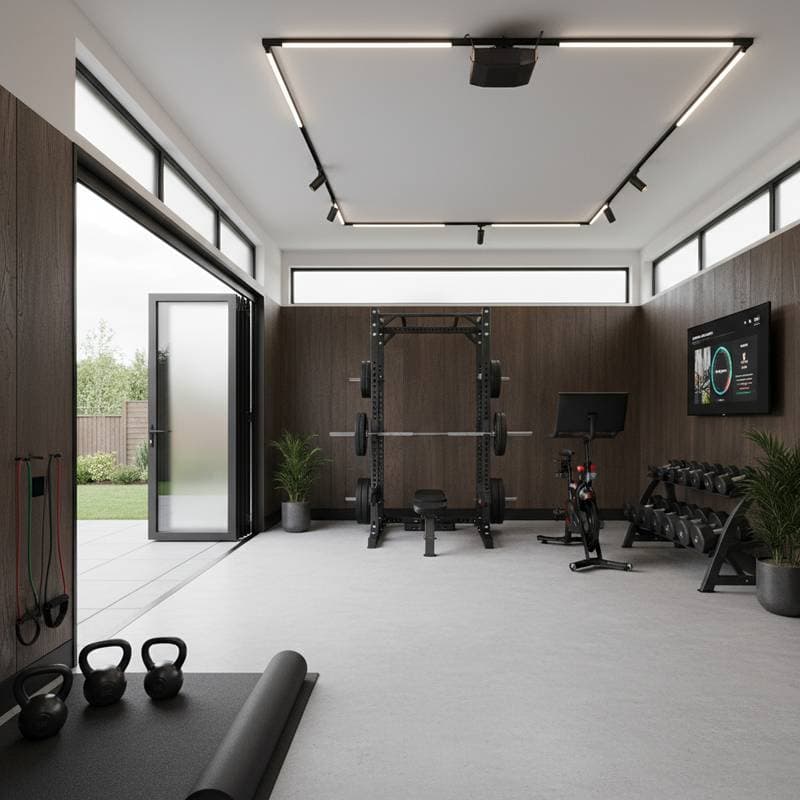The Value of Hidden Wine Cellars in Luxury Homes
Hidden wine cellars have emerged as a subtle yet powerful enhancement for high-end properties. These discreet installations not only provide secure storage for valuable collections but also signal refined taste to potential buyers. Industry data indicates that such features can elevate resale values by approximately 15 percent, particularly in markets where luxury amenities drive competition.
Homeowners appreciate the blend of aesthetics and utility in these cellars. Concealed behind bookcases or integrated into basements, they maintain the home's overall flow while adding exclusive appeal. For those considering renovations, this upgrade offers a tangible return on investment alongside personal enjoyment.
Key Cost Considerations for Installation
Budgeting for a hidden wine cellar requires attention to several components. Costs typically begin at $25,000 and vary based on scope and location. Understanding these elements helps homeowners plan effectively and avoid unexpected expenses.
Excavation and Structural Access
Creating space often involves digging below grade or modifying existing areas like stairwells. Expenses here range from $5,000 to $20,000, influenced by soil conditions and foundation complexity. Properties with accessible basements incur lower fees compared to those on concrete slabs, where additional reinforcement may be necessary.
Climate Control Systems
Maintaining optimal conditions demands reliable cooling and humidity management. A high-quality unit costs between $3,000 and $8,000, while insulation and vapor barriers add $2,000 to $4,000. Neglecting these systems can lead to wine spoilage or structural issues like mold growth, underscoring the need for professional installation.
Racking, Finishes, and Concealment Features
Storage solutions such as custom wooden or metal racks run $500 to $1,500 per linear foot. Tempered glass doors or camouflaged panels contribute another $2,000 to $6,000 for a seamless look. These choices enhance both functionality and visual integration with the home's decor.
Permits, Electrical, and Additional Infrastructure
Regulatory compliance and wiring add $1,000 to $3,000. This covers permits, specialized lighting, and ventilation circuits. Local building codes must guide all electrical and airflow designs to ensure safety and efficiency.
Advanced Concealment Mechanisms
For true discretion, options like secret doors or automated panels range from $3,000 to $12,000. Simpler pivot or magnetic systems offer cost savings and quicker setup. These mechanisms preserve the element of surprise while protecting the collection.
Deciding Between DIY and Professional Installation
Some aspects of a wine cellar lend themselves to homeowner involvement. Tasks such as assembling racks, applying finishes, or installing decorative lighting suit DIY efforts for those with basic skills. These steps allow customization without high labor costs.
However, certain phases demand expert intervention. Excavation and structural modifications require licensed contractors to prevent damage. Similarly, climate control and electrical setups necessitate calibration by HVAC specialists or electricians for reliability and adherence to codes.
Improper humidity or temperature regulation can compromise wines rapidly. Professionals guarantee balanced environments that extend collection longevity. Their involvement also safeguards the home's structural integrity and resale potential.
Project Timelines and Cost-Saving Strategies
Most hidden wine cellar projects span 4 to 10 weeks, accounting for excavation, inspections, and custom fabrication. Delays often arise from sourcing materials like imported racks or custom glass, which may extend timelines by 2 to 3 weeks. Early planning mitigates these interruptions.
Timing the build during cooler seasons simplifies humidity management and aligns with contractor availability. Energy-efficient cooling systems qualify for rebates, potentially reducing long-term costs by $300 to $800 annually. Allocating an additional 10 to 15 percent of the budget covers unforeseen challenges, such as issues in older foundations.
Essential Maintenance for Long-Term Performance
Sustaining a hidden wine cellar involves routine care to protect investments. Quarterly cleaning of filters and vents prevents buildup that could impair airflow. Monthly humidity checks ensure conditions remain ideal, typically between 50 and 70 percent.
Cooling units last 15 to 20 years with proper upkeep, after which replacement becomes necessary. Inspect door seals regularly to block air infiltration. Backup power sources for climate systems shield collections from outages, preserving value over time.
Equipment warranties from manufacturers span 3 to 5 years. Opting for extended coverage provides reassurance, especially for intricate installations. Consistent maintenance not only extends usability but also upholds the feature's contribution to home equity.
Steps to Launch Your Hidden Wine Cellar Project
Begin by assessing potential spaces with a structural engineer or cellar specialist. They evaluate feasibility, including moisture levels and load-bearing capacity. This initial review informs realistic expectations for design and budget.
Solicit quotes from at least two professionals to compare approaches. Prioritize climate control in your plans, as it forms the foundation for both preservation and appeal. A well-executed hidden wine cellar delivers lasting elegance, security, and a significant uplift in property value.



